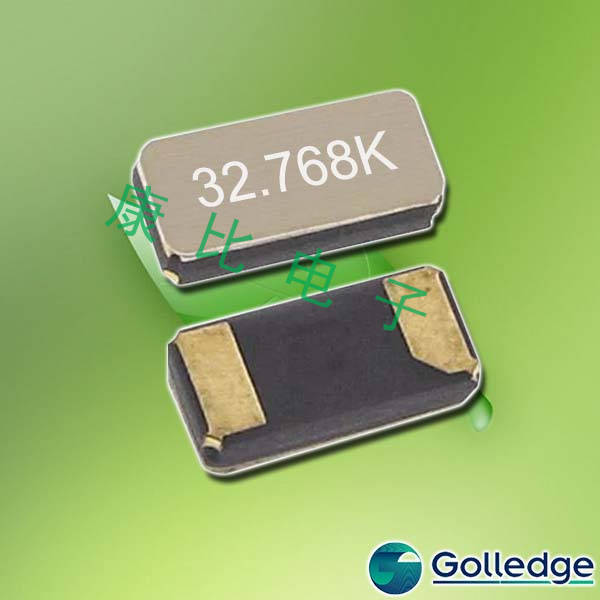
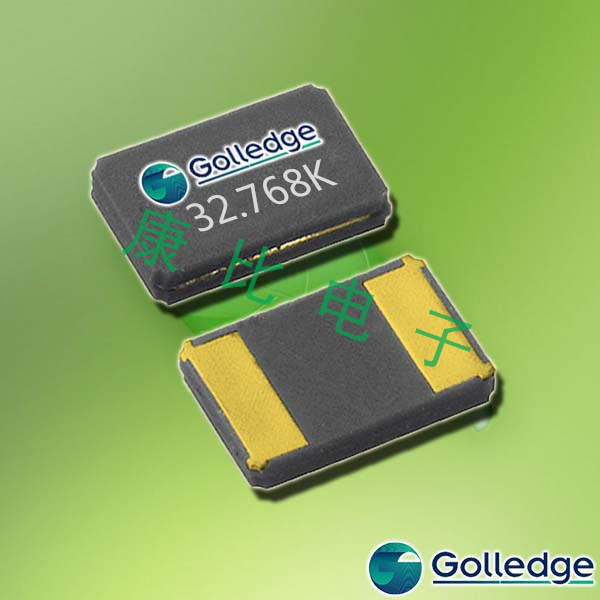


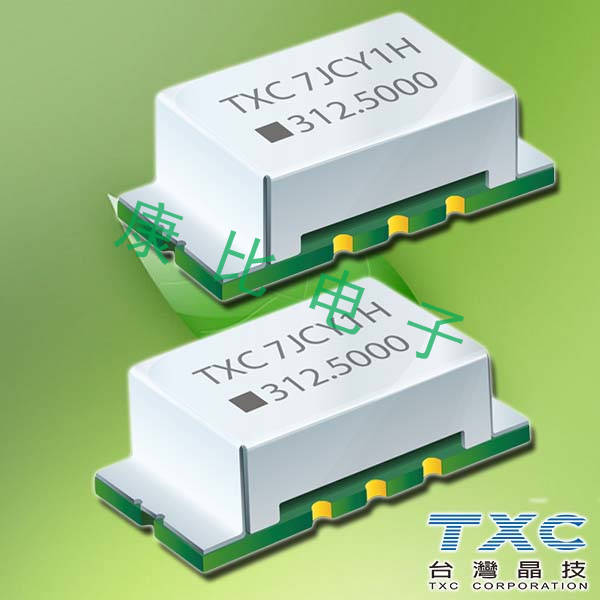
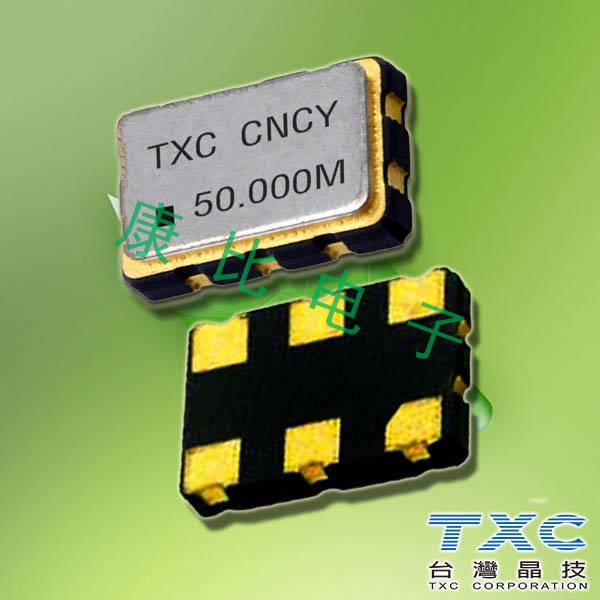

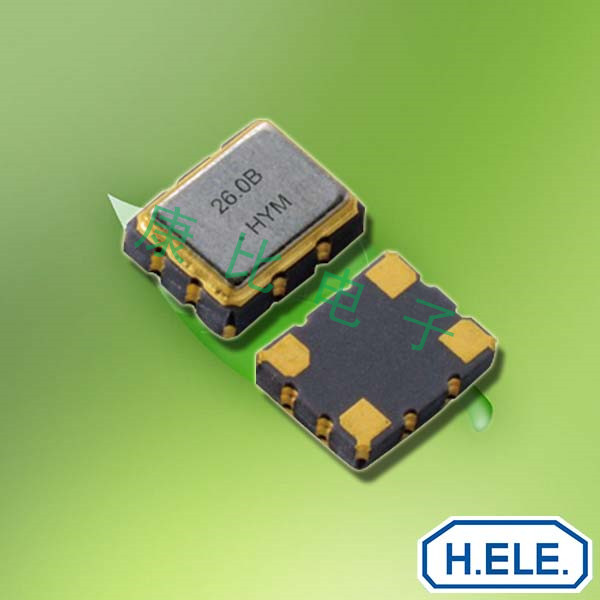
Wi2Wi产品应用程序LV5-T-100.00M-M-B-D-3-R-X
Wi2Wi是一家专业的电子元件供应商,在频率控制设备和无线技术的各个方面都拥有专业知识。Wi2Wi的Precision Devices品牌产品已在包括航空电子、航空航天、工业设备、政府和美国军事应用在内的众多关键市场中赢得了一席之地。具体来说,我们的频率控制产品石英晶振以及射频和微波滤波器都是同类最佳、质量最高的产品。
在Wi2Wi威尔威晶振,我们为自己对客户的关注和响应感到自豪。我们知道,最好的长期战略是每天坚持不懈地为我们的客户(无论大小)提供服务,以便为他们提供卓越的体验。
Wi2Wi的设计中心以及我们最先进的制造和运营设施位于美国威斯康星州米德尔顿工业区的中心。Wi2Wi可以利用我们的内部设计和制造专业知识,并利用我们与众多行业领先的硅和无线技术供应商的一级全球合作伙伴关系来提供特定的解决方案。
MTI-milliren为坚固的军用或商用频率参考GPSDO振荡器
全球定位系统纪律振荡器(GPSDO)可作为坚固的军用或商用频率参考,允许铯原子钟或Stratum I性能在固定或移动平台上运行。GPSDO石英晶体振荡器产生高度精确的频率(24小时后通常< 5E-12 ),相位噪声性能非常低。采用16-34V电源时,整个组件在+25°C时的功耗低于8W。提供每秒一个脉冲(1PPS)的输出。此外,GPSDO提供了不到9分钟的快速预热。+25°c时的精度为1E-08,接收机提供低至-160dBm的GPS信号跟踪。RS-232可用于通信、控制和状态报告,以及TTL内置测试(BIT)状态输出。有多种选项可用于提供定制的高性能下一代GPS训练频率参考。
KVG石英晶体的结晶形成XMP-7135-5E-18pF-20MHz
石英作为矿物是所有类型石英谐振器,石英滤波器和石英振荡器的原料。大部分地壳由天然石英构成,其纯粹形式也称为深石英或α石英。石英是由硅和氧原子构成的完美对称的理想晶格。这种晶格使石英具有重要的特性,即当对晶体施加机械压力时,可以在石英晶振晶体的两端测量电压。同样,当从外部施加电压时,晶体会变形。这种行为使其成为在电路中以振动夸克的形式使用的理想原材料。以前在石英的生产中使用矿物开采石英,山水晶,现在几乎完全使用人工制造的石英,其纯度极高。例如,在每只腕表(石英表)中,一小块石英材料确保秒针每秒可靠且始终向前滑动一次。
QANTEK石英晶体产品数据手册
QANTEK Technology Corporation成立于2005年,现已成为市场上最受认可、经验最丰富的时间和频率管理器件制造商之一。QANTEK康泰克晶振公司提供的产品范围从简单的音叉晶体到高稳定性和定制的恒温晶体振荡器。
QANTEK生产业内最广泛的频率控制产品线之一。产品范围包括:石英晶体,石英晶体振荡器,XO时钟振荡器、VCXO压控晶体振荡器、TCXO温补晶体振荡器、TCVCXO压控温补晶体振荡器和OCXO恒温晶体振荡器,石英晶体过滤器,陶瓷谐振器等产品。所有产品都按照最高的ISO/TS质量标准制造。Renesas采用RA8D1 MCUs的图形和视觉AI应用
vetica,="" arial,="" "lucida="" grande",="" "nimbus="" sans="" l",="" sans-serif;="" font-size:="" 16px;="" "="" style="margin-top: 0px; margin-bottom: 1.5rem; box-sizing: border-box; outline-color: inherit; outline-offset: 2px; color: rgb(56, 56, 56);">
如何增加电机控制系统的价值
vetica,="" arial,="" "lucida="" grande",="" "nimbus="" sans="" l",="" sans-serif;="" font-size:="" 16px;="" "="" style="margin-top: 0px; margin-bottom: 1.5rem; box-sizing: border-box; outline-color: inherit; outline-offset: 2px; color: rgb(56, 56, 56);">
vetica,="" arial,="" "lucida="" grande",="" "nimbus="" sans="" l",="" sans-serif;="" font-size:="" 16px;="" "="" style="margin-top: 0px; margin-bottom: 1.5rem; box-sizing: border-box; outline-color: inherit; outline-offset: 2px; color: rgb(56, 56, 56);">
Macrobizes拥有大量标准频率和规格的成品库存,可立即发货。双重“现货或定制”系统确保了高水平的客户服务。Macrobizes鼓励与客户建立设计和开发合作伙伴关系。对于新技术应用和主要产品更新,我们的客户拥有经验丰富的设计师和生产工程师的优势和安全性,他们了解频率控制产品范围并为他们提供帮助。我们的客户可以随时获得设计、生产和物流运作方面的帮助。Macrobizes是石英晶体、石英晶体振荡器、TCXO、VCXO、OCXO制造商和供应商。我们为您的高质量产品提供可靠的石英晶体。
Silicon EFM32TG210 MCU是便携式心脏监护仪
“首先,ADC提供分辨率和滤波选项,以确保他们能够获得所需的原始数据采集,同时保持在功耗预算范围内。其次,与其他架构相比,EFM32TG微控制器的电源管理可显著节省功耗。凭借极快的睡眠和唤醒转换、外设的自动操作和低功耗时钟生成,EFM32TG超出了系统要求,使用标准CR1225电池可实现长达14天的连续ECG记录。硅实验室的布莱恩·布鲁姆解释道。Gabriel还指出,贴片晶振,EFM32TG210的性能和功耗模式允许他们按照规格设计和构建CAM补丁,并最终实现预期的结果。他坚持认为,在设计设备时,拥有满足性能预期的MCU是保持项目进度和预算的关键。“EFM32架构非常出色,仅用48 mAh CR1225电池就可以进行长达14天的完整披露记录。被捕获的信号可以低至150uVpp,即使在这个范围内,模拟波形的细节也能保持清晰。EFM32架构包含高性能ADC,可以捕捉这些细节,同时保持电磁安静的辐射特性,使小细节不会受到干扰的阻碍。集成过采样和异常稳定且可配置的ADC特性是救命稻草。EFM32架构在当时绝对是革命性的,大多数芯片供应商仍在追赶。"
我们的高能效EFM32微型Gecko微控制器(MCU)具有低功耗优势,例如掉电、满RAM和寄存器保留。我们的微型Gecko 32位MCU采用4x4 mm小尺寸封装石英晶振,运行模式下的功耗低至150 μA/MHz,实时计数器运行时的功耗低至1 μA,非常适合能源敏感型应用。Tiny Gecko MCU系列采用行业标准的ARM Cortex -M3处理器,提供自主、高能效外设以及高度的晶体和模拟集成。
RZ/V2H微处理器兼具视觉人工智能和实时控制功能,集成了瑞萨新一代专有人工智能加速器——AI3动态可重构处理器(DRP),提供10 TOPS/W的功效。该公司表示,这是“与以前的型号相比令人印象深刻的10倍改进。”
微晶RV-3032-C7使RTC更小更高效
微晶银斯沃琪集团旗下的一家公司与CSEM合作开发了一款特别小且节能的RTC,名为RV-3032-C7。RV-3032-C7背后的驱动力是微型晶体与智能电子设备的结合,功耗极低。
利用实时时钟实现节能,使RTC更小更高效,RV-3032-C7时钟晶体振荡器提供多种可编程和自动计时功能,但其最重要的功能是其热补偿晶体频率,这意味着它可以在-40°C至105°C的温度范围内提供精确稳定的计时。相比之下,未进行温度补偿并在这些温度下工作的RTC每年可能会偏离一小时。彼得曼32.768K有源晶振的优势,Time requirements in modern metering applications have massively increased in the last few years. The usual requirement in modern metering applications is a time offset of 1 hour after 7 years. It should also be possible for the operating temperature range of the application to comply with this value. 1 hour max. after 7 years corresponds to a frequency tolerance of ±16 ppm absolute at 32,768 kHz. It is no longer possible for conventional 32,768 kHz oscillating crystals to meet these requirements.
On the one hand, this is because 32,768 kHz are only available with a frequency tolerance of ±10ppm at +25°C, on the other hand, the temperature stability over a temperature range of -40/+85°C is more then -180 ppm. Moreover, ageing of approx. ±30 ppm after 10 years must be taken into account when calculating accuracy. In the worst case, a 32,768 kHz crystal has a maximum frequency stability of +40/-220 ppm (including adjustment at +25°C, temperature stability and ageing after 10 years). External circuit capacitance must be able to compensate any systematic frequency offset caused by the internal capacitance of the oscillator stage of the IC to be synchronised and by stray capacitance. The selection of a layout without external circuit capacitance for the 32,768 crystal involves a great risk because the accuracy of the 32,768 crystal can neither be corrected nor adjusted to suddenly changing PCB conditions during series production. Initially, the intersection angle for the 32,768 crystal was designed for optimal accuracy in wristwatches, and not for most of the applications for which it is used nowadays.
In order to meet the highly accurate time requirements, we as a clocking specialist offer the series ULPPO ultra low power 32,768 kHz oscillator. This oscillator can be operated with each voltage within a VDD range of 1.5 to 3.63 VDC. The specified current consumption is 0.99 µA. The temperature stability of ULPPOs is ±5 ppm over a temperature range of -40/+85°C. Frequency stability (delivery accuracy plus temperature stability) is ±10 ppm, and ageing after 20 years is ±2 ppm. Thus the maximum overall stability of ULPPOs is ±12 ppm including the ageing after 10 years. These are industry best parameters.
No external circuit capacitance is required for the circuiting of the ultra small housing (housing area: 1.2 mm2). The input stage of the IC installed in the ULPPO independently filters the supply voltage. Compared to crystals, ULPPOs save a lot of space on the printed circuit board so that the packing density can be increased, and smaller printed circuit boards can be designed. The adjustment of the amplitude further reduces the power consumption of the ULPPO.
For space calculations, both external circuit capacitances for a crystal on the printed circuit board must also be taken into account. With its two external circuit capacitances, even the smallest 32,768 kHz crystal requires more space on the PCB than ULPPOs do.
Moreover, very small 32,768 kHz crystals have very high resistances which usually cannot be safely overcome by the oscillator stages to be synchronised because the oscillator stages of the ICs or RTCs to be synchronised have very high tolerances as well. Therefore, sudden response time problems in the field might occur which can be ruled out with ULPPOs. Thus, the safe operation of the application is possible with ULPPOs under all circumstances.
Oscillator stages consume a lot of energy to keep a 32,768 crystal oscillating. Usually, the input stage of the MCU can be directly circuited with the LVCMOS signal of the ULPPO (usually Xin). Thus the input stage of the MCU can be deactivated (bypass function) so that the energy saved can be used for the calculation of the system power consumption of the meter. Moreover, ULPPOs are able to synchronise several ICs at a time. Due to the very high accuracy of the ULPPO, less time synchronisations are required, which also saves system power.
Of course, ULPPOs can be used in any applications which require miniaturised ultra low power 32,768 kHz oscillators such as smartphones, tablets, GPS, fitness watches, health and wellness applications, wireless keyboards, timing systems, timing applications, wearables, IoT, home automation, etc. Due to the high degree of accuracy of 32,768 kHz oscillators, the standby time or even the hypernation time in hypernation technology applications can be significantly increased so that a high amount of system power can be saved due to the significantly lower battery-intensive synchronisation cycles. Thus the 32,768 kHz oscillator is the better choice compared to 32,768 kHz crystals. Ultra low power 32,768 kHz oscillators are available with diverse accuracy variations – see also the ULPO-RB1 and -RB2 series.
不断精进自我的优质制造商彼得曼公司,致力于开发大量高质量的产品,随着近几年来,现代计量应用的时间要求大幅提高。现代计量应用的通常要求是7年后时间偏移1小时。应用的工作温度范围也应符合该值。最多1小时。7年后对应于32,768kHz下16ppm绝对值的频率容差。传统的32,768 kHz振荡晶体不再可能满足这些要求。彼得曼32.768K有源晶振的优势.
一方面,这是因为32,768kHz仅在+25°C时具有10ppm的频率容差,另一方面,在-40/+85°C温度范围内的温度稳定性高于-180ppm。此外,老化约。计算精度时,必须考虑10年后的30ppm。最差情况下,32.768K有源晶振的最大频率稳定性为+40/-220 ppm(包括+25°C时的调整、温度稳定性和10年后的老化)。外部电路电容必须能够补偿由要同步的ic振荡器级的内部电容和杂散电容引起的任何系统频率偏移。为32,768晶振选择无外部电路电容的布局包含很大的风险,因为在批量生产期间,32,768晶振的精度既不能校正也不能调整以适应突然变化的PCB条件。最初,32,768英寸晶体的交叉角度是为手表的最佳精度而设计的,而不是为如今使用它的大多数应用而设计的。